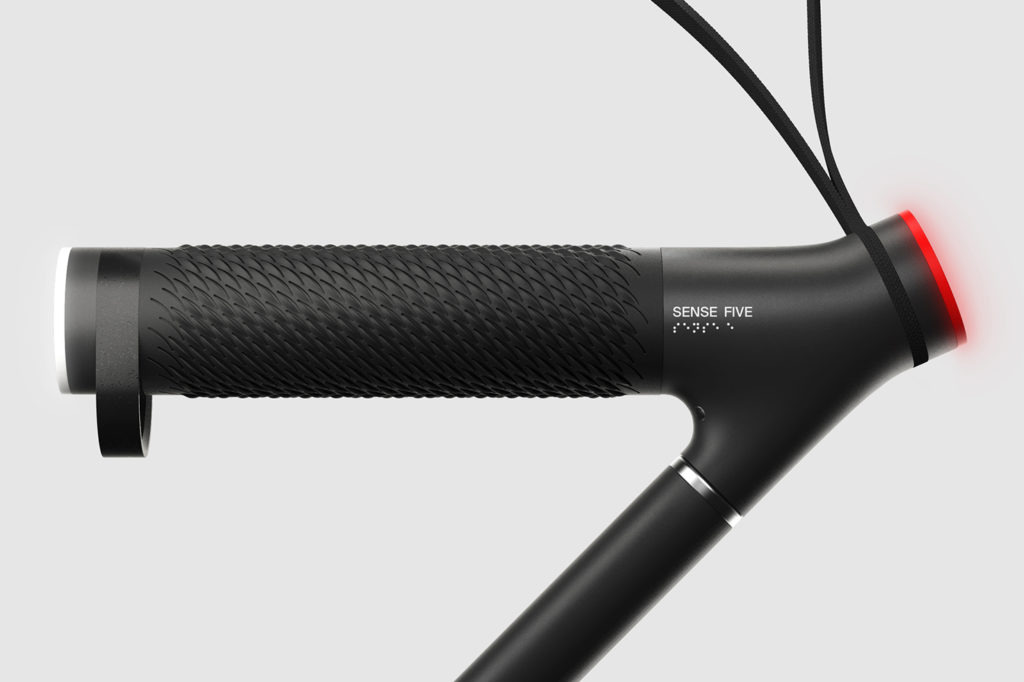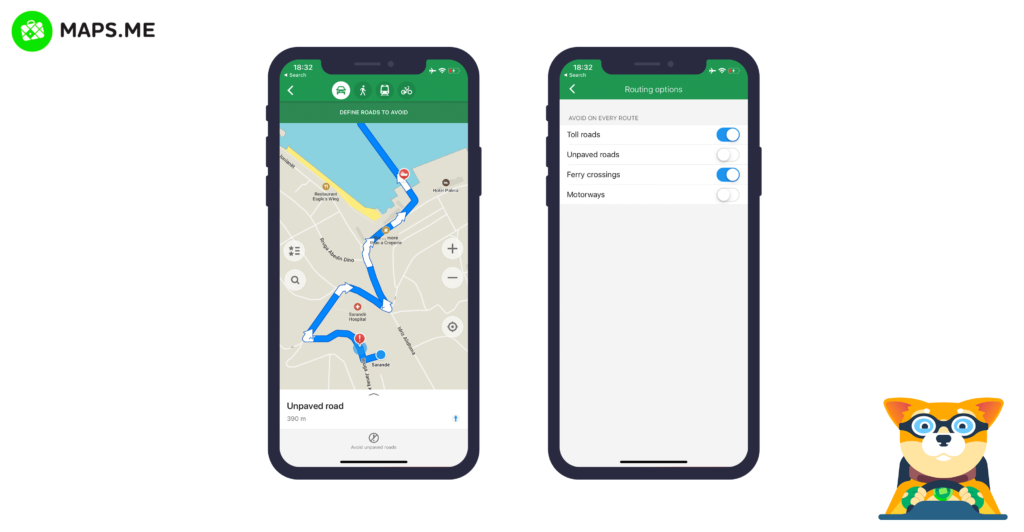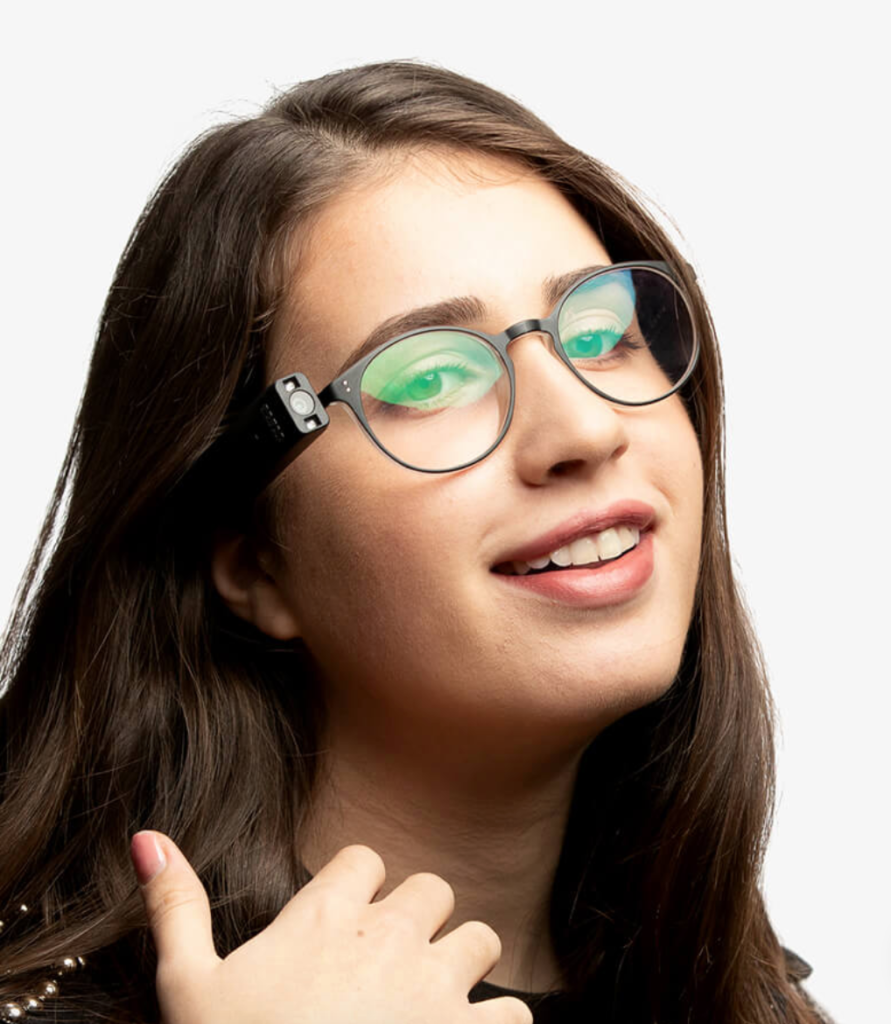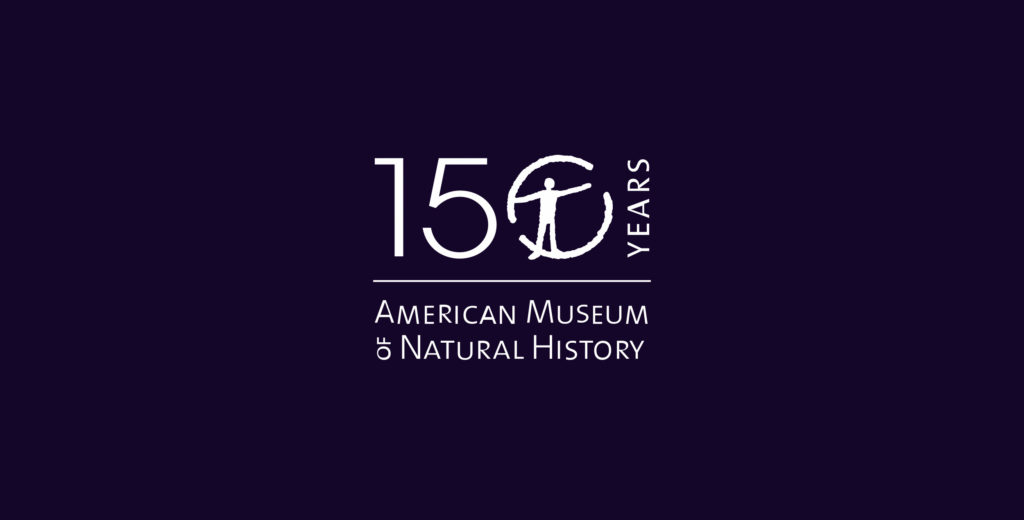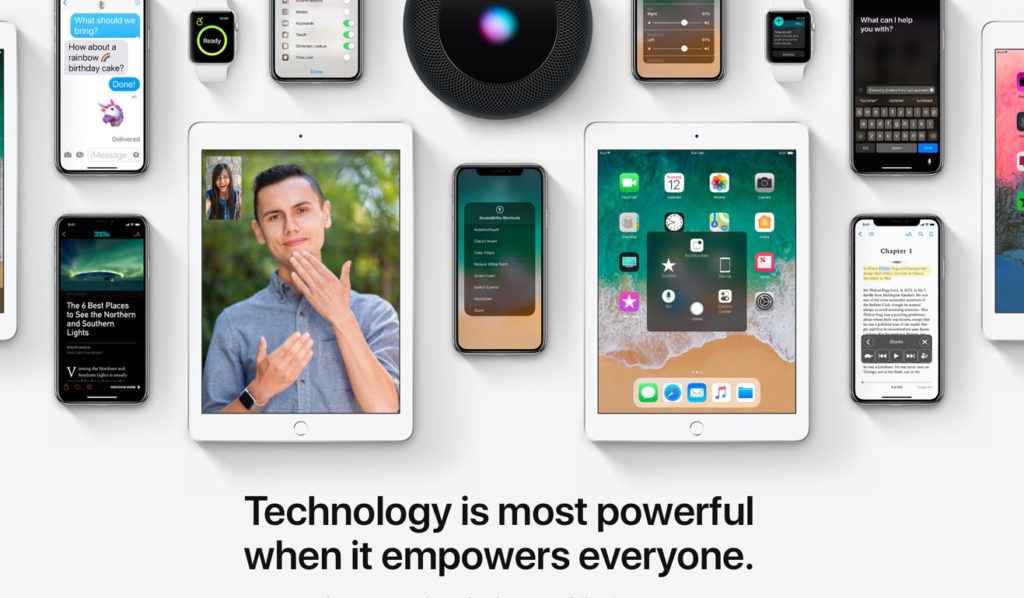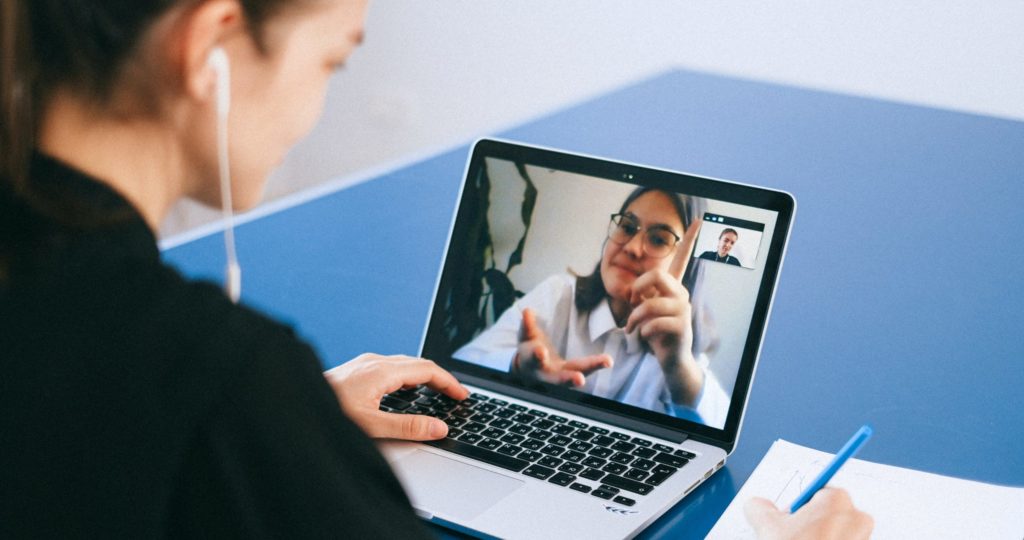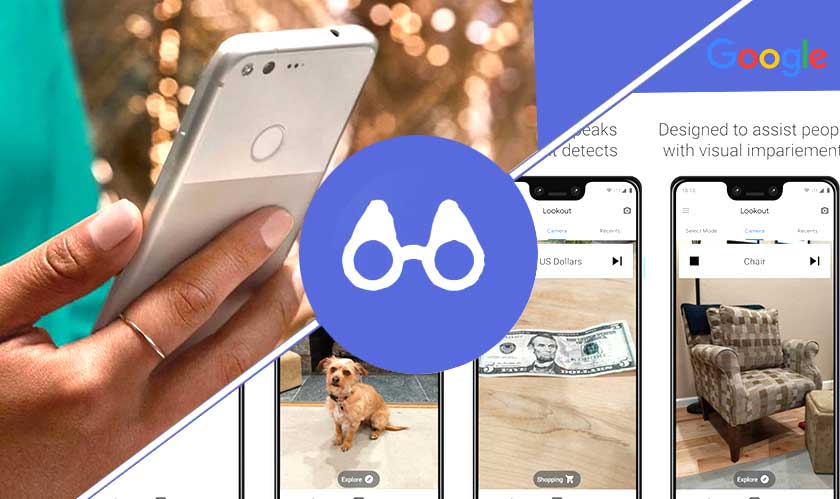Assistive Technology: Sense Five
Sense Five is a smart white cane designed to keep visually impaired users safe by utilizing the sense of touch. This assistive technology concept and prototype is created by a German design studio called Werteleberfll. This device’s key feature is its surface-changing handle and the image-recognition sensor. This product uses an integrated image-recognition sensor to …
